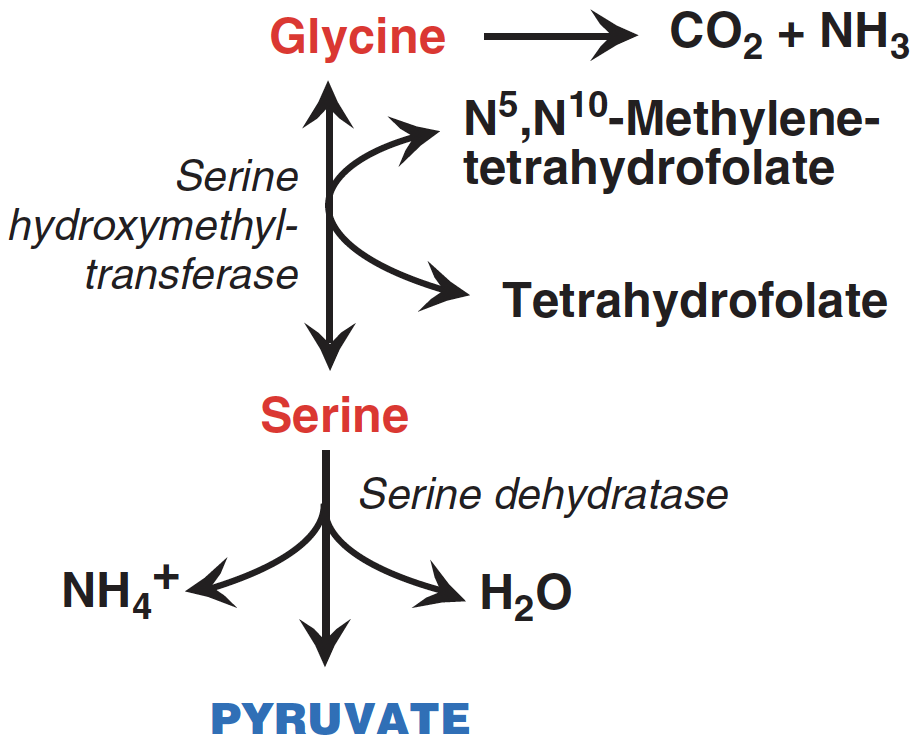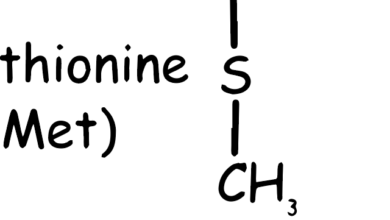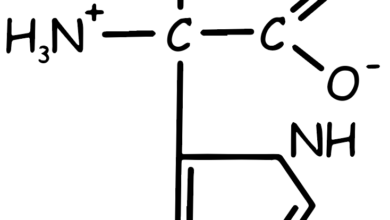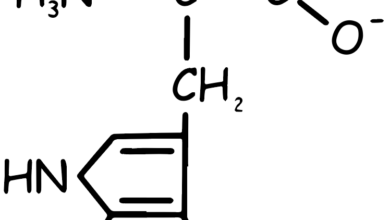BiochemistryNutrition
Glycine Amino acid
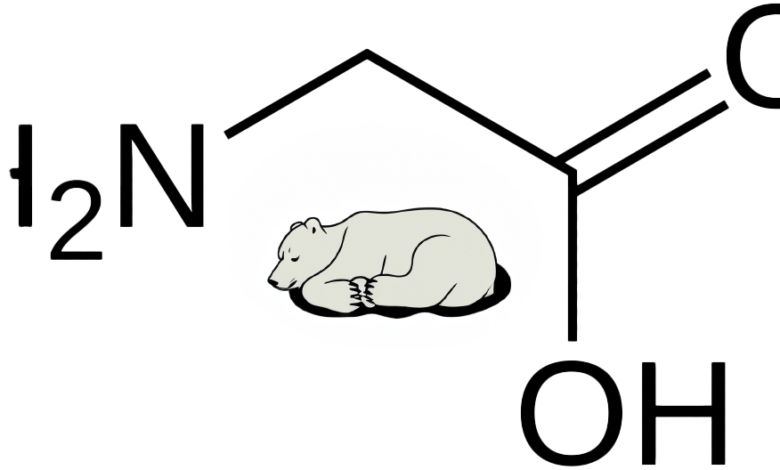
Glycine is the simplest amino acid in terms of structure, as it has only a hydrogen atom as its side chain. This simplicity allows it to fit into tight spaces in protein structures where other amino acids might not. It is non-essential, meaning the body can synthesize it.
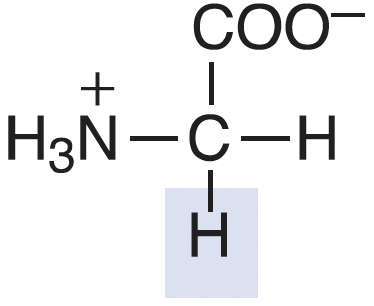
Biochemical Role of Glycine
- Collagen Synthesis: Glycine is a key component in collagen, making up about one-third of the protein. Collagen is crucial for the structural integrity of skin, bones, and connective tissues. Its abundance in collagen underlines its importance for joint and skin health.
- Creatine Formation: It aids in the creation of creatine, a compound vital for muscle strength and energy. Creatine is particularly beneficial for athletes and those engaged in regular physical activity.
- Detoxification Processes: Glycine is involved in the body’s detoxification process. It contributes to the production of glutathione, helping the liver in detoxifying harmful substances.
- Heme Synthesis: Glycine plays a crucial role in the synthesis of heme, an essential component of hemoglobin, myoglobin, and various other heme-containing enzymes. Glycine’s contribution to heme synthesis is a critical aspect of its biochemical role in the body, impacting various physiological processes, especially oxygen transport and cellular respiration.
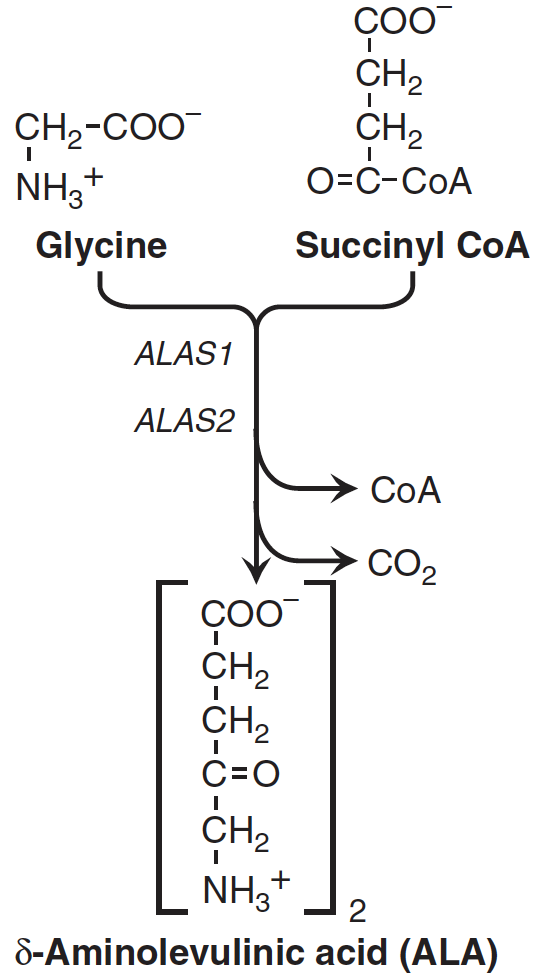
Q: Which amino acid contributes to the flexibility of proteins?
A: Glycine is the key amino acid that enhances protein flexibility. This is due to its smallest side chain, allowing it to occupy limited spaces. This unique feature enables Glycine to create bends in the protein structure, particularly in areas where space is restricted, such as sharp bends. The capacity to induce these bends translates to increased flexibility in proteins. Glycine is predominantly found in beta turns or beta bends, often alongside Proline. These beta turns are crucial as they enable the polypeptide chain to fold by turning, even in areas where space is highly constrained.
Therapeutic Potential of Glycine
- Mental Health Support: Some studies suggest glycine may have benefits for mental health, including potential improvements in schizophrenia and memory enhancement. Its role as a neurotransmitter is integral to these effects.
- Sleep Improvement: Glycine supplementation has shown promise in improving sleep quality and reducing insomnia symptoms. It may help lower core body temperature, a key factor in initiating sleep.
- Support for Metabolic Health: Emerging research indicates that glycine might play a role in metabolic functions, potentially influencing glucose metabolism and insulin sensitivity.
Nutritional Significance
- Protein-Rich Diets: Individuals consuming diets rich in proteins, especially animal proteins, generally have adequate glycine intake. However, vegetarians and vegans may need to focus on diverse protein sources to ensure sufficient glycine.
- Supplementation Considerations: While glycine is non-essential, specific conditions or increased physiological demands (like intense athletic training) might necessitate supplementation.
- Interactions with Other Nutrients: Glycine works in tandem with other amino acids, such as serine and threonine, and its effectiveness can be influenced by the overall amino acid profile of the diet.
Research and Future Directions
- Clinical Research: Ongoing studies are exploring glycine’s role in various health conditions, including cardiovascular diseases and metabolic disorders.
- Potential in Aging and Longevity: Preliminary research hints at glycine’s potential role in anti-aging therapies, given its involvement in so many fundamental biological processes.
In summary, glycine is a multifaceted amino acid with critical roles in numerous physiological processes. Its therapeutic potential is a subject of ongoing research, and it holds significant importance in both nutrition and medicine.
